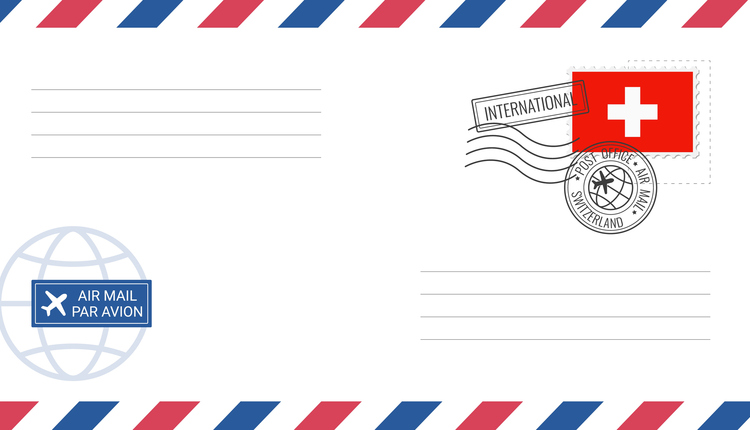Today's shipping environment is complex. That's no secret. That complexity has created more competition. That's good news for international shippers. Today's globalized business and consumer markets - especially the burgeoning shipping opportunities created by the red-hot eCommerce sector - demand that shippers have the information, resources and tools essential for doing business in every region, every country and every location around the world.
There are three current circumstances that every shipping customer and shipping service vendor should understand to maximize the options and minimize the expense of international shipping.
-
B2C and C2C Growth
The growth in B2C and C2C commerce has stimulated an appreciable change in international shipping trends. That expansion has, in turn, changed physical package characteristics and revved up service demand. The effects are easy to see: shipments are becoming lighter, price-sensitivity is proliferating, small/medium enterprise shipping has risen and single-carrier vs. multi-carrier options have grown fast.
-
Demand By Weight
The international shipping landscape has shifted because of a change in US air export demand by weight. Since 2005, the 21-70 lb.-package category has decreased in popularity by 3.9%. Similarly, the 3-20 lb.-package category has declined by 5.9%.
In contrast, the less-than-three-lb.-package category has grown a whopping 23% from 21.7% in 2005 to 44.7% in 2013.
There has also been a shift in US air export service level changes from 2005 to 2013. The popularity of one-to-two-day service has fallen from 52% to 33% while three-plus-day service has increased from 47% to 66%. These stats clearly show that consumers and businesses are willing to wait a few days before receiving their shipments.
-
Small Business Clout
The shift from single-carrier to multi-carrier international shipping options accelerates every year. There are four chief market changes attributable to small businesses increasing their presence in the export-package market:
-
Developed economies are investing in infrastructure and other business-boosting benefits to capitalize on B2C eCommerce growth.
-
Cost pressures are forcing competitors to look for ways to improve profitability.
-
Cost management is becoming increasingly influential in determining customers served, contract discounts and rate changes.
-
Consolidators and re-mailers have become a market force offering shipping options that undercut postal services and commercial carriers around the world on price alone. These consolidators and re-mailers, however, seldom compete on service.
Short-Term Prognosis
I see the international shipping competitive landscape developing in these ways during the next two to five years:
-
Trading-partner economies will stabilize but short-term demand for US goods will diminish because of a strong dollar.
-
Canada may be the strongest near-term growth opportunity for major partners in North and South America.
-
Long-term GDP outlook for Mexico is strong.
-
Near-term outlook for European trade is improving but likely to weaken over the long haul.
-
Near-term trade growth with Asia has tapered significantly but remains a strong long-term growth opportunity.
-
Cross-border eCommerce is projected to grow enormously in the next three years. Cross-border revenue in 2018 is expected to hit $307 billion (up from $105 billion in 2014) and cross-border shoppers are expected to increase by 40 percent in that same time span.
-
The preference for deferred service will continue for several years.
-
Competitor acceptance of market realities will prompt strategies to balance networks, manage costs, exploit trade with Canada and Mexico and optimize position for deferred services demand.
-
Efforts to expand free trade agreements, improved trade credit and stronger trading partner economies will aid U.S. package exports but there will be no near-term improvement.
Four International Shipping Activities to Expect
International shippers can expect:
-
B2C and B2B business to continue growing.
-
Fierce competition among existing international shipping carriers and new market entrants to pressure commercial carriers to modify their global strategies
-
Commercial carriers to transition more international deferred air volume out of express networks
-
eCommerce cross-border shipping to continue to out-pace global economic growth
These details serve one, all-encompassing goal: to help ensure that everyone in the international shipping chain - carrier, customer and recipient - has the best possible experience. That means the cycle will continue to expand and grow.
Statistical data source: The Colography Group
About Neopost USA
Vincent DeAngelis is Vice President, Postal Relations for Neopost USA. Neopost USA, headquartered in Milford, CT, provides mailing, business communications management and shipping hardware and software solutions. For generations, we have worked with our customers to send, receive and connect their customer communications in the most secure, efficient and professional manner possible. As businesses increasingly move to digital communications, we continue to help our customers communicate via physical mail, digital communications and parcels. For more information on Neopost USA, visit www.neopostusa.com.















